Navigating the complexities of probate law in Texas can be daunting, particularly when dealing with title defects. These defects can create significant roadblocks, delaying the distribution of property and causing frustration for executors and beneficiaries alike. This guide walks you through resolving title defects in Texas probate cases. It provides clear explanations, practical advice, and real-world examples to prepare you well for handling these challenges.
Understanding Title Defects
A title defect, often referred to as a cloud on the title, is an issue that casts doubt on the legal ownership of a property. These defects can arise from various sources, including clerical errors, unresolved liens, fraud, and disputes over ownership. In the context of probate, title defects can complicate transferring property from the deceased to their heirs or beneficiaries.
Common Types of Title Defects in Probate Cases
1. Clerical Errors: These include misspellings, incorrect property descriptions, and recording mistakes that can affect the clarity of the title.
2. Unresolved Liens: Unpaid taxes, mortgages, or contractor liens can cloud the title and require resolution before transferring the property.

3. Heirship Disputes:Potential heirs can conflict over who is entitled to the property, leading to title defects that require legal intervention.
4. Fraudulent Transfers: Indications of fraudulent property transfers or forged signatures can create significant title issues.
5. Missing or Incomplete Documentation: Incomplete or missing deeds, wills, or other legal documents can prevent a clear transfer of title.
Steps to Resolving Title Defects
Resolving title defects in Texas probate cases involves a multi-step process. Here’s a detailed roadmap to guide you through this intricate journey.
1. Conduct a Thorough Title Search
The first step in identifying and resolving title defects is conducting a comprehensive title search. This involves examining public records, including deeds, wills, and court documents, to uncover potential issues. Engaging a professional title company or real estate attorney can help ensure a meticulous search and accurate identification of defects.
Example: John, an executor, discovered a lien on the deceased’s property from unpaid property taxes during a title search. This revelation was crucial in understanding the steps needed to clear the title.
2. Address Clerical Errors
Clerical errors are often the simplest title defects to resolve. Correcting these errors typically involves filing corrective documents with the appropriate county records office. This might include correcting misspellings, updating property descriptions, or rectifying recording mistakes.
Example: In a Texas probate case, the property description on the deed was incorrect due to a clerical error. The executor worked with a real estate attorney to file a corrective deed, rectifying the error and clarifying the title.
3. Resolve Outstanding Liens
Unresolved liens can be a significant hurdle in clearing a title. To address these, you must first identify the nature and amount of the lien. Paying off the lien and obtaining a release from the lienholder is essential. You should then record this release with the county clerk’s office to clear the title.
Example: Mary, an executor, found an outstanding mortgage lien on the decedent’s property. She contacted the mortgage company, negotiated a payoff amount, recorded the lien release, and cleared the title.
4. Settle Heirship Disputes

Heirship disputes require careful legal navigation. In Texas, you may need to go through an heirship proceeding if there is no will or if someone contests the will. This involves the court determining the rightful heirs based on testimony and evidence. This proceeding will clarify the title through a court order.
Example: In a contentious probate case, siblings disputed their entitlement to their parent’s property. The executor initiated an heirship proceeding, resulting in a court order that clearly defined the rightful heirs, thus resolving the title defect.
5. Investigate and Address Fraudulent Transfers
Fraudulent transfers can be particularly challenging to resolve. This may require legal action to void the fraudulent transaction and restore the property to the rightful owner. Gathering evidence, such as affidavits, forensic analysis of signatures, and historical transaction records, is crucial in proving fraud.
Example: While conducting a title search, the executor discovered a forged signature on the decedent’s deed transfer. After consulting with a forensic handwriting expert and gathering evidence, they successfully petitioned the court to void the fraudulent transfer, clearing the title.
6. Compile Missing Documentation
Address missing or incomplete documentation by obtaining certified copies of necessary documents from the appropriate authorities or by filing affidavits of heirship, where appropriate. This might involve tracking down old records, contacting previous owners, or filing court petitions to establish clear ownership.
Example: An executor dealing with a missing deed in a Texas probate case located a certified copy of the original deed from the county records office and filed an affidavit of heirship to clarify the title, allowing for smooth transfer of property to the beneficiaries.
Legal Tools and Procedures for Resolving Title Defects
Texas law provides several legal tools and procedures to assist in resolving title defects in probate cases. Understanding and utilizing these tools can streamline the process and ensure a clear title is achieved.
Affidavit of Heirship
An affidavit of heirship is a sworn statement used to establish ownership when a property owner dies intestate (without a will). This document lists the deceased’s heirs and their relationship to the decedent, helping to clarify ownership.
Example: In a case where the decedent did not leave a will, the executor filed an affidavit of heirship, detailing the heirs and their relationship to the decedent. This document helped in clarifying the ownership and resolving the title defect.
Muniment of Title
A muniment of title is a legal procedure used to transfer property directly to heirs or beneficiaries without the need for a full probate process. This is applicable when there are no debts owed by the estate except those secured by liens on the property.
Example: The executor of a Texas estate with no debts filed a muniment of title to transfer the decedent’s property directly to the beneficiaries, avoiding the lengthy probate process and resolving any title issues quickly.
Quiet Title Action
A quiet title action is a lawsuit filed to resolve disputes or uncertainties regarding property ownership. This legal process results in a court order that clarifies ownership, effectively “quieting” any challenges to the title.
Example:An executor faced with competing claims on a piece of property filed a quiet title action. The court’s ruling established clear ownership, allowing the property to be transferred without further disputes.
Judicial Determination of Heirship
When heirship is contested or unclear, a judicial determination of heirship can be pursued. This court proceeding identifies the legal heirs and their respective shares of the estate.
Example: In a case with multiple potential heirs and no clear will, the executor sought a judicial determination of heirship. The court’s decision provided a clear roadmap for distributing the estate and resolving any title defects.
Practical Tips for Executors
1. Seek Professional Assistance:Engaging a real estate attorney or a title company can provide invaluable expertise and ensure the process of resolving title defects is handled correctly.
2. Maintain Clear Records: Document all actions taken to resolve title defects, including communications, payments, and filings. This transparency can help prevent disputes and facilitate smoother proceedings.

3. Communicate with Beneficiaries: Keeping beneficiaries informed about the steps being taken to resolve title defects can help manage expectations and reduce potential conflicts.
4. Be Patient and Persistent: Resolving title defects can be time-consuming and complex. Patience and persistence are key to navigating this process successfully.
Real-World Example: Resolving Title Defects in a Texas Probate Case
Consider the case of the Williams family, who faced multiple title defects when probating their late mother’s estate. The title search revealed a clerical error in the property description, an unresolved mortgage lien, and a dispute among heirs regarding the rightful ownership of the property.
The executor, Sarah Williams, sought the assistance of a real estate attorney to correct the clerical error by filing a corrective deed. She negotiated with the mortgage company to pay off the lien and obtained a lien release. To resolve the heirship dispute, she initiated a judicial determination of heirship, resulting in a court order that clearly defined the rightful heirs.
Through diligent effort, clear communication, and professional guidance, Sarah successfully resolved the title defects, allowing the property to be transferred smoothly to the beneficiaries. Her experience underscores the importance of thorough preparation, professional assistance, and persistence in navigating the complexities of Texas probate law.
Conclusion
Resolving title defects in Texas probate cases is a multifaceted process that requires careful attention to detail, legal expertise, and persistence. By conducting thorough title searches, addressing clerical errors, resolving outstanding liens, settling heirship disputes, investigating fraudulent transfers, and compiling missing documentation, executors can navigate this challenging landscape effectively.
Utilizing legal tools such as affidavits of heirship, muniments of title, quiet title actions, and judicial determinations of heirship can further streamline the process, ensuring clear and undisputed property ownership. With patience, diligence, and professional support, executors can successfully resolve title defects, honoring the decedent’s wishes and ensuring a smooth transfer of property to the rightful heirs.








